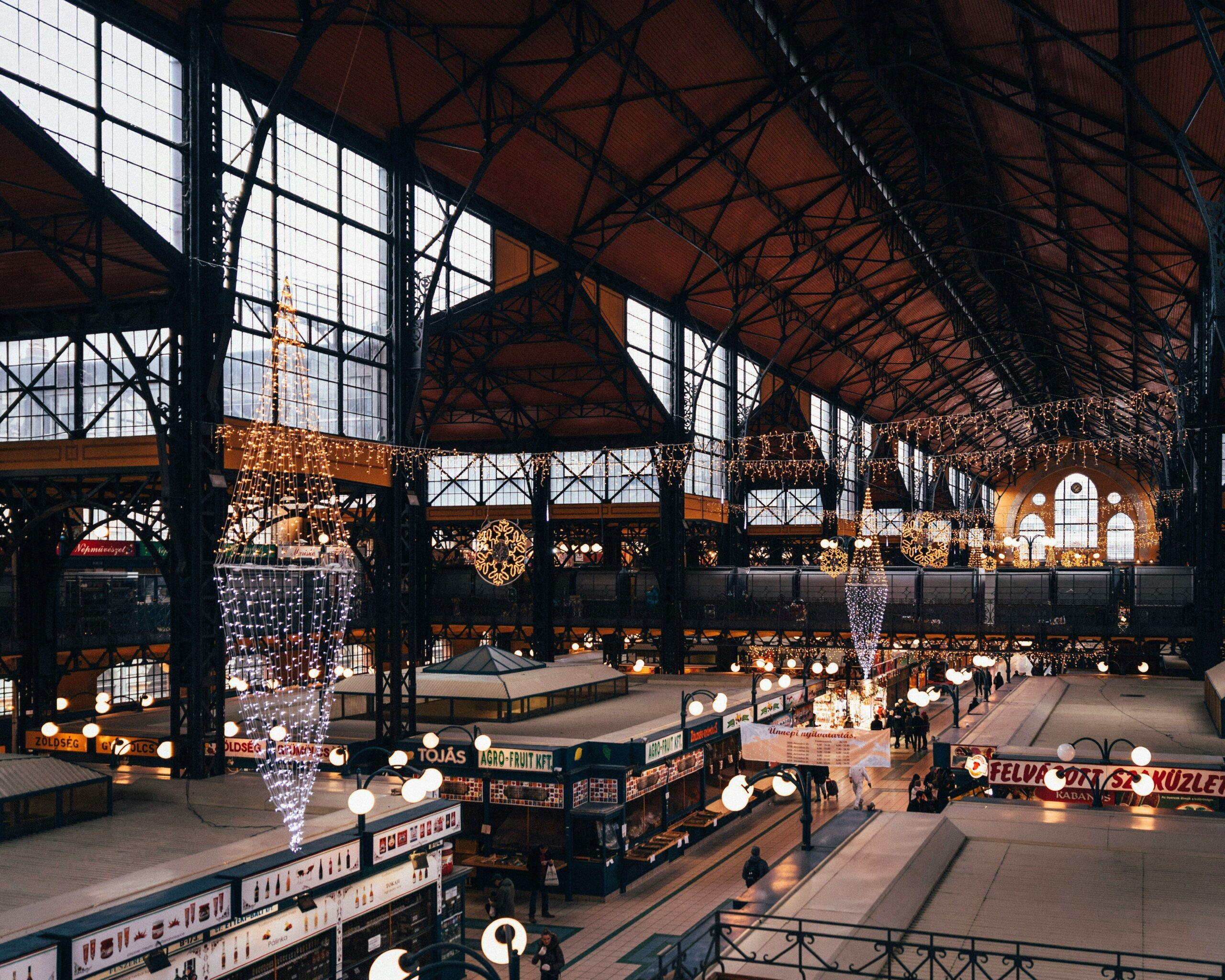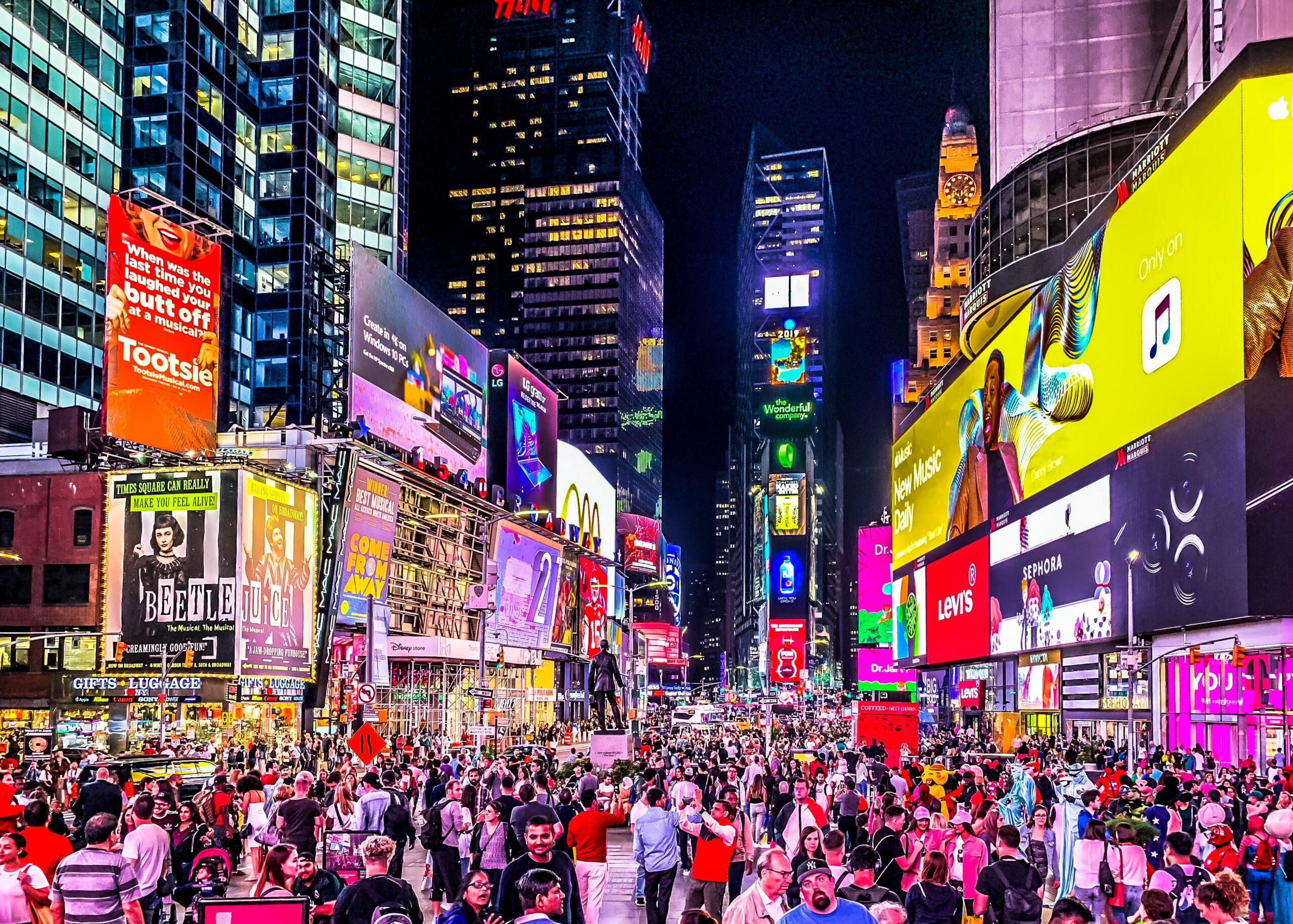
The ’60s Nostalgic’s Guide to Woodstock, New York
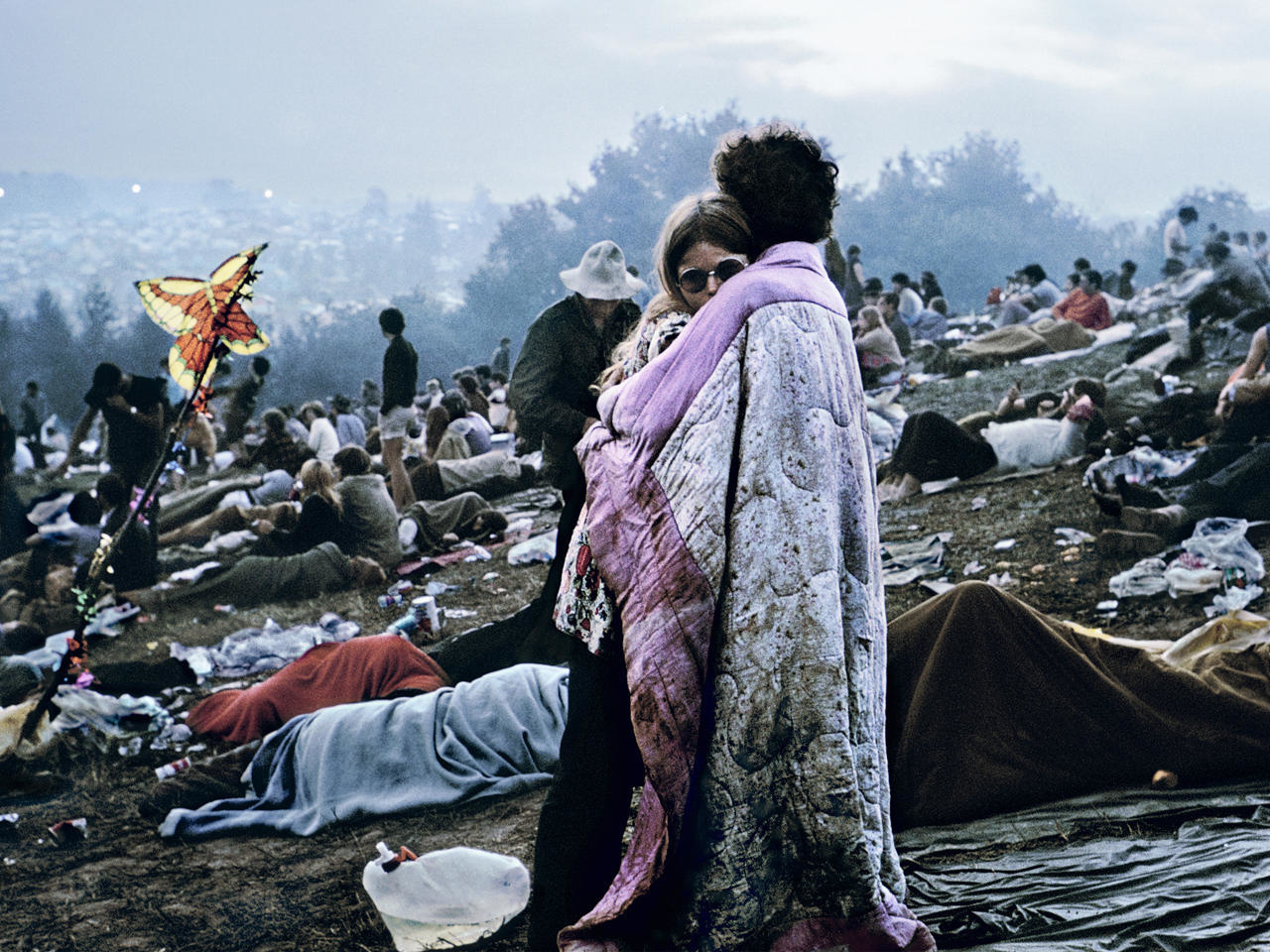

Woodstock’s 50th anniversary festival may have been canceled, but that doesn’t mean that you can’t find ghosts of the ’60s scattered around the hinterlands of Upstate New York.
The famous gathering didn’t take place in the town of Woodstock. That honor is reserved for Bethel, a town about an hour and a half south. However, the town of Woodstock has successfully capitalized on the festival that took its name, fully committing to the hippie era’s trippy, vintage aesthetic. On the famous Tinker Street and in the neighboring woods, you’ll still find tie-dye, a few old hippies, and plenty of quirky attractions ready to send you spiraling back to a different era.
Just a half-day’s trip away from Brooklyn, Woodstock is the perfect summer escape for nostalgics, art junkies, or anyone seeking a break from the city (or the state of the world in 2019). Though 1969 was a tumultuous time, it was also a period defined by joy and optimism, wherein young people truly believed in their vision of a better world.
That summer, Woodstock hosted 400,000 mud-soaked, acid-fueled hippies and fans of the counterculture, all gathered to celebrate love and music. In 2019, maybe we could all use a little bit of that optimism. Where better to find it than at the namesake of the world’s most legendary music festival? Here are six sites that everyone who wishes they’d attended that festival can visit, if only to get just a little bit closer to that bygone summer.
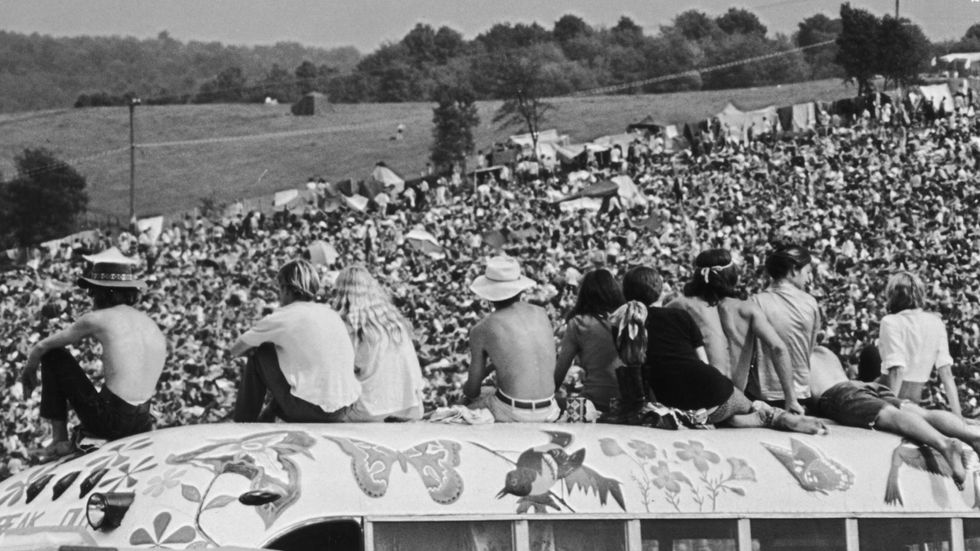 Image via GRAMMY.com
Image via GRAMMY.com
Bob Dylan’s Studio in Woodstock
Perhaps one of Woodstock’s most famous residents is the man who wrote “The Times They Are a’ Changing,” and so many other rallying cries for those times. After a 1966 motorcycle accident, Bob Dylan set up shop in Woodstock and recorded over a hundred demos. His residency there drew George Harrison, Jimi Hendrix, Allen Ginsberg, Joan Baez, and other luminaries, who all came up from the city to tap into whatever wellspring of inspiration that Dylan was accessing.
During his time living in Woodstock, Dylan recorded his Basement Tapes album in a rental known as “the Big Pink,” a house that still stands in the town of Saugerties, about 5 miles east of Woodstock. Interestingly, Dylan didn’t perform at the Woodstock festival because he believed it would draw too much commercial attention to his beloved woodland oasis.
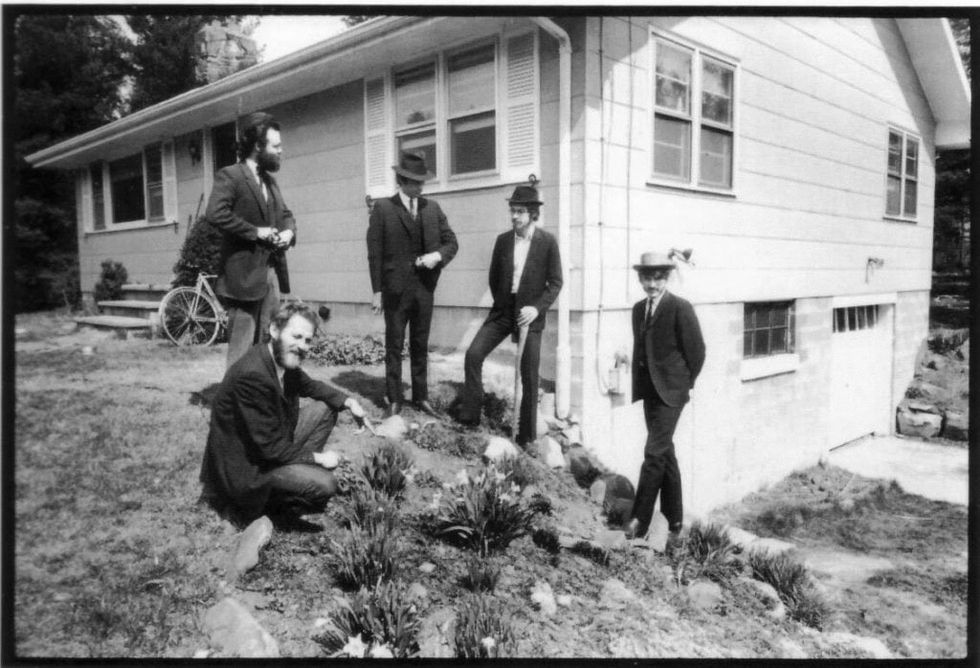 Image via Troy Media
Image via Troy Media
Bob Dylan & The Band – The Basement Tapes Complete Trailer (Digital video)www.youtube.com
Levon Helms Studio at the Barn
The famous Levon Helms Studios are not open to the public, unless you’re able to attend one of its rare shows. Levon Helms was the Rolling Stones’ drummer; later in life he set up shop at the Woodstock recording studio known as “The Barn” and recorded several Grammy-winning albums there. Over the years, fans including Emmylou Harris, Norah Jones, and many others came to attend Helms’ signature event—the hours-long jam session called the “Midnight Ramble”—a tradition that is still going strong in Woodstock today. Helms passed away three years ago, but his musical legacy remains strong.
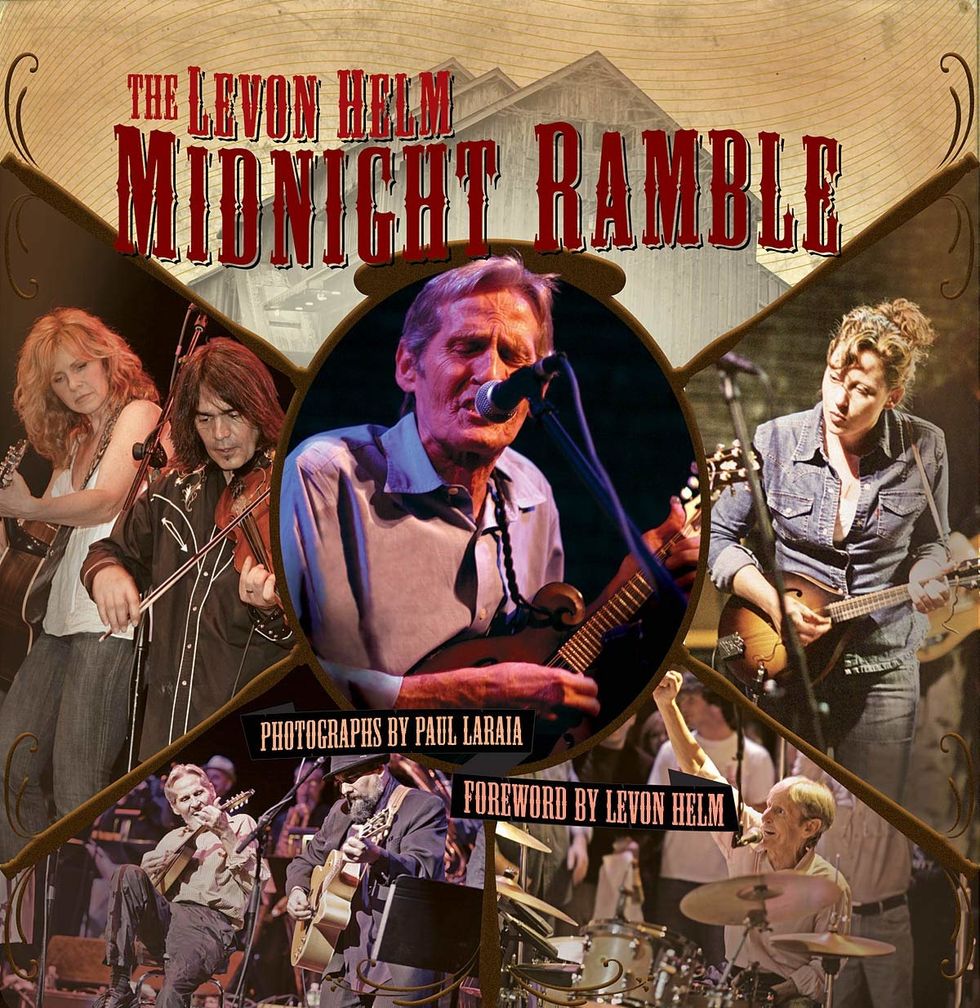 Image via Amazon.com
Image via Amazon.com
Tinker Street
This street is the beating heart of Woodstock. Here, you’ll find everything from gemstone shops to stores crammed with Woodstock souvenirs—one such being Woodstock Legends, a store that’s packed with souvenirs from the ’60s. You might also spot Volkswagen buses painted with peace signs, pottery shops, and the odd long-haired hippie.
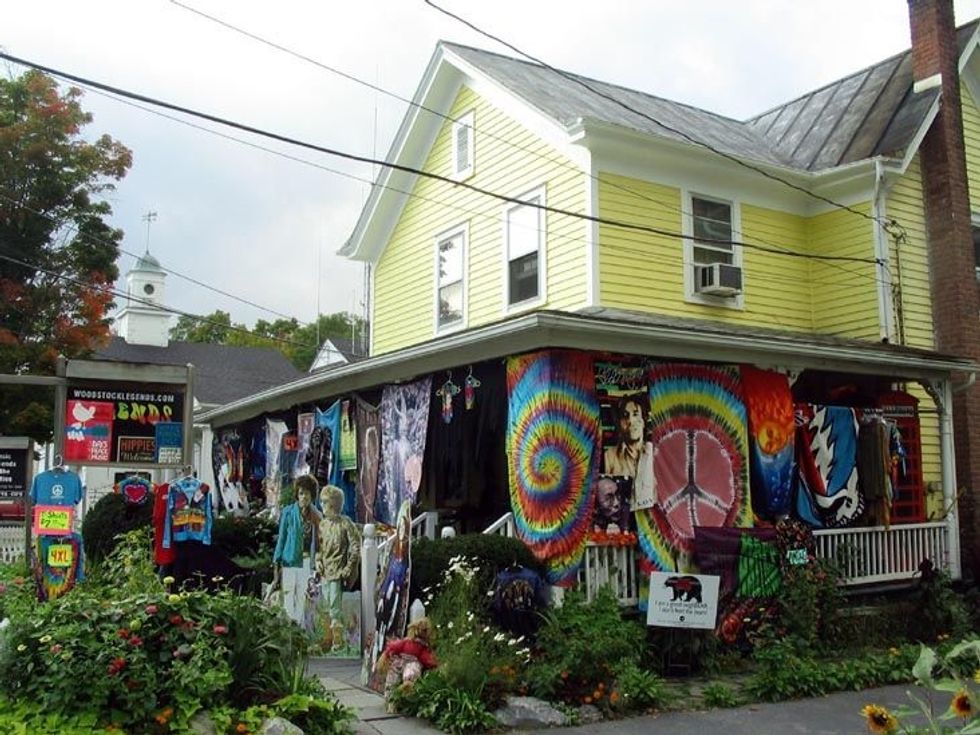 Image via Pinterest
Image via Pinterest
Bethel Woods Center for the Arts
If you want to get closer to the actual grounds of the festival, then you’ll have to drive about an hour and a half to get to the rural dairy farm where all the acid-fueled 24/7 concert-going took place. The Museum at Bethel Woods contains a permanent main exhibit, called “Woodstock and the ’60s,” which features a variety of multimedia installations and artifacts that will bring the festival to life.
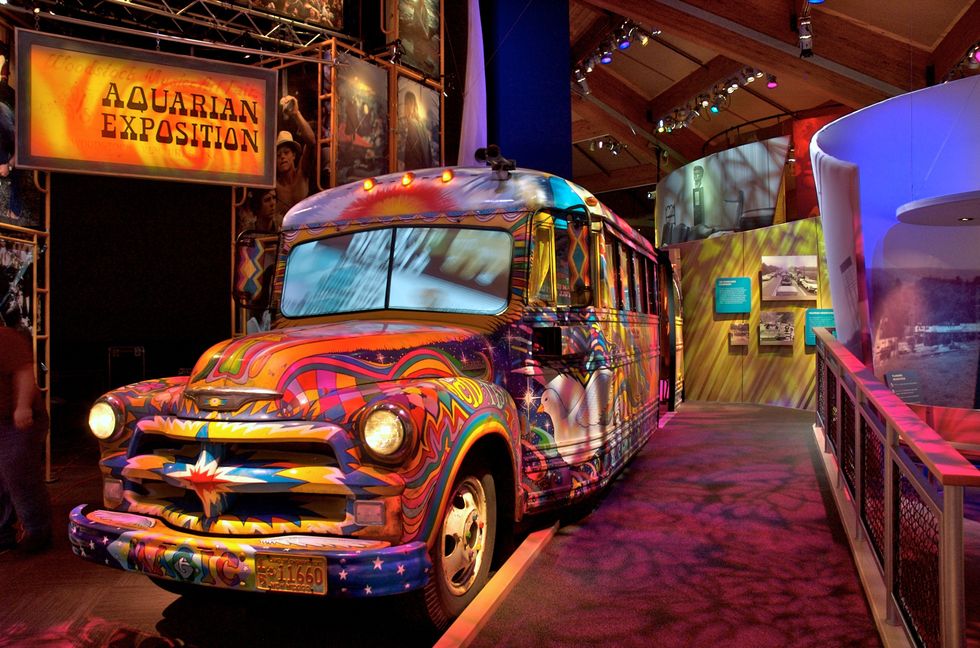 The Museum at Bethel Woods
Image via Bethel Woods
The Museum at Bethel Woods
Image via Bethel Woods
Opus 40
This sculpture garden showcases artist Harvey Fite’s masterpiece. In 1938, Fink purchased an empty plot of land in upstate New York; and from there, he created a 6.5-acre sculpture known as Opus 40, which he continued to work on until his death in 1976. Today, his creation still stands, bearing quiet witness to the latter half of the 20th century. It’s a winding labyrinth of stone, inspired by Mayan ruins, and it’ll appeal to any nostalgic or nature-lover. The installation has inspired many artists over the years, including the band Mercury Rev (whose song “Opus 40” was inspired by the grounds) and the artist Amanda Palmer (whose video for her cover of Pink Floyd’s “Mother” was filmed onsite).
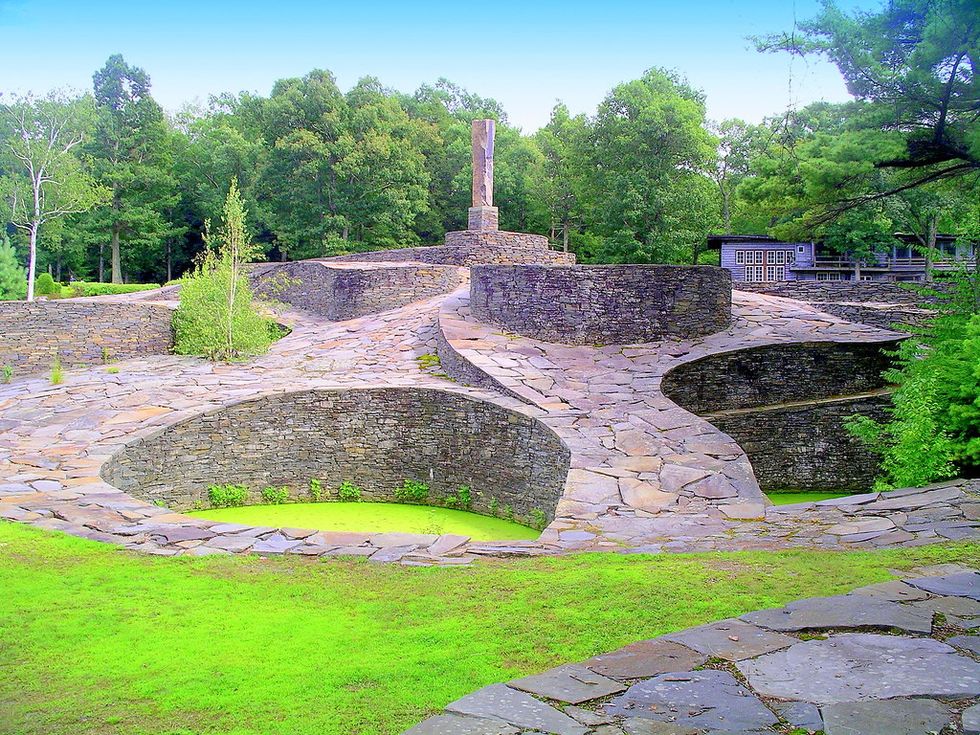 Image via Flickr
Image via Flickr
Mercury Rev – Opus 40www.youtube.com
The Golden Notebook
This little independent bookstore packs a punch. Founded in 1978, it hosts over 100 events each year, including the Woodstock Writers Festival, which draws numerous international writers to the premises each summer. Recent events have been attended by Neil Gaiman, Cheryl Strayed, and many other literary stars, and the franchise is heavily involved in charitable causes in the neighboring community. The bookstore makes the list because—let’s face it, in this day and age, bookstores are vintage attractions. And like the best vintage attractions, bookstores can also transport you straight to the past, maybe even giving you a new perspective on the present.
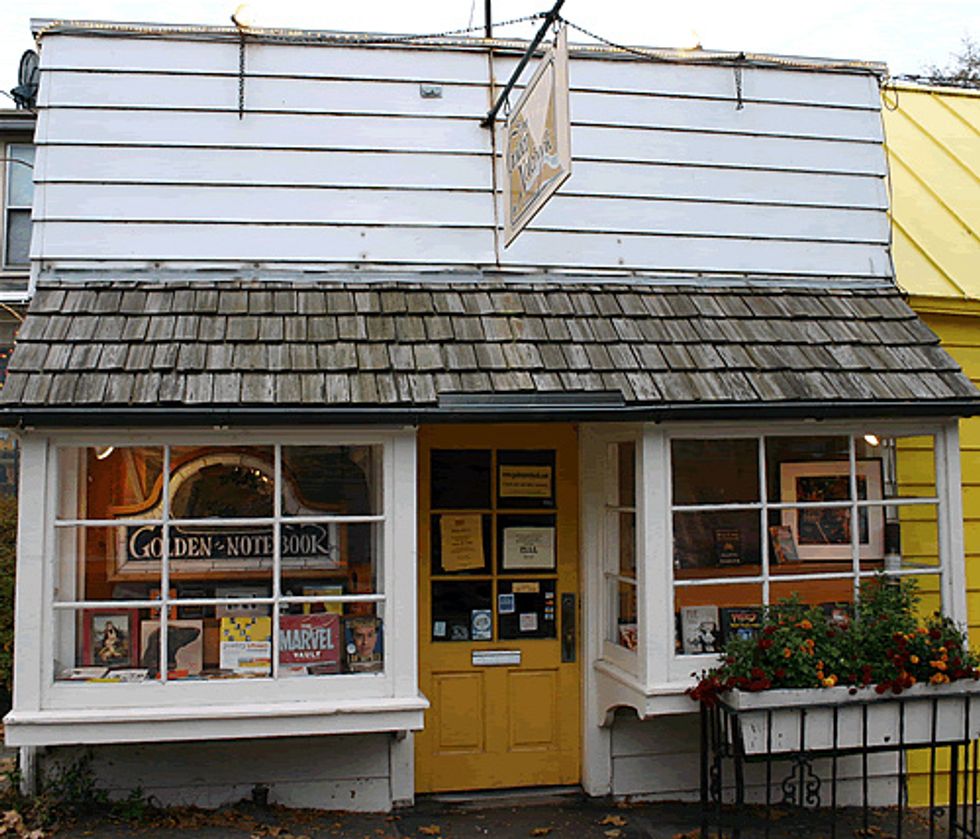 Image via Nova Ren Suma
Image via Nova Ren Suma
- 1960s
- a musical history
- afp
- allen ginsberg
- amanda palmer
- best of the band
- blues for breakfast
- bob dylan
- bob dylan & the band
- bookstore
- brooklyn
- columbia/legacy
- counterculture
- folk
- george harrison
- harvey fite
- hippies
- janis joplin
- jherek bischoff
- joan baez
- levon helms
- mercury
- mercury rev
- mother
- music
- music from the big pink
- nyc vacations
- nyc weekend trips
- opus 40
- orange juice blues
- patreon
- pink floyd
- rev
- summer of 69
- the band
- the basement tapes complete trailer
- the big pink
- the golden notebook
- the last waltz
- the rolling stones
- upstate
- upstate new york
- upstate new york weekend trips
- v2
- video
- woodstock
- woodstock new york
- youtube.com
